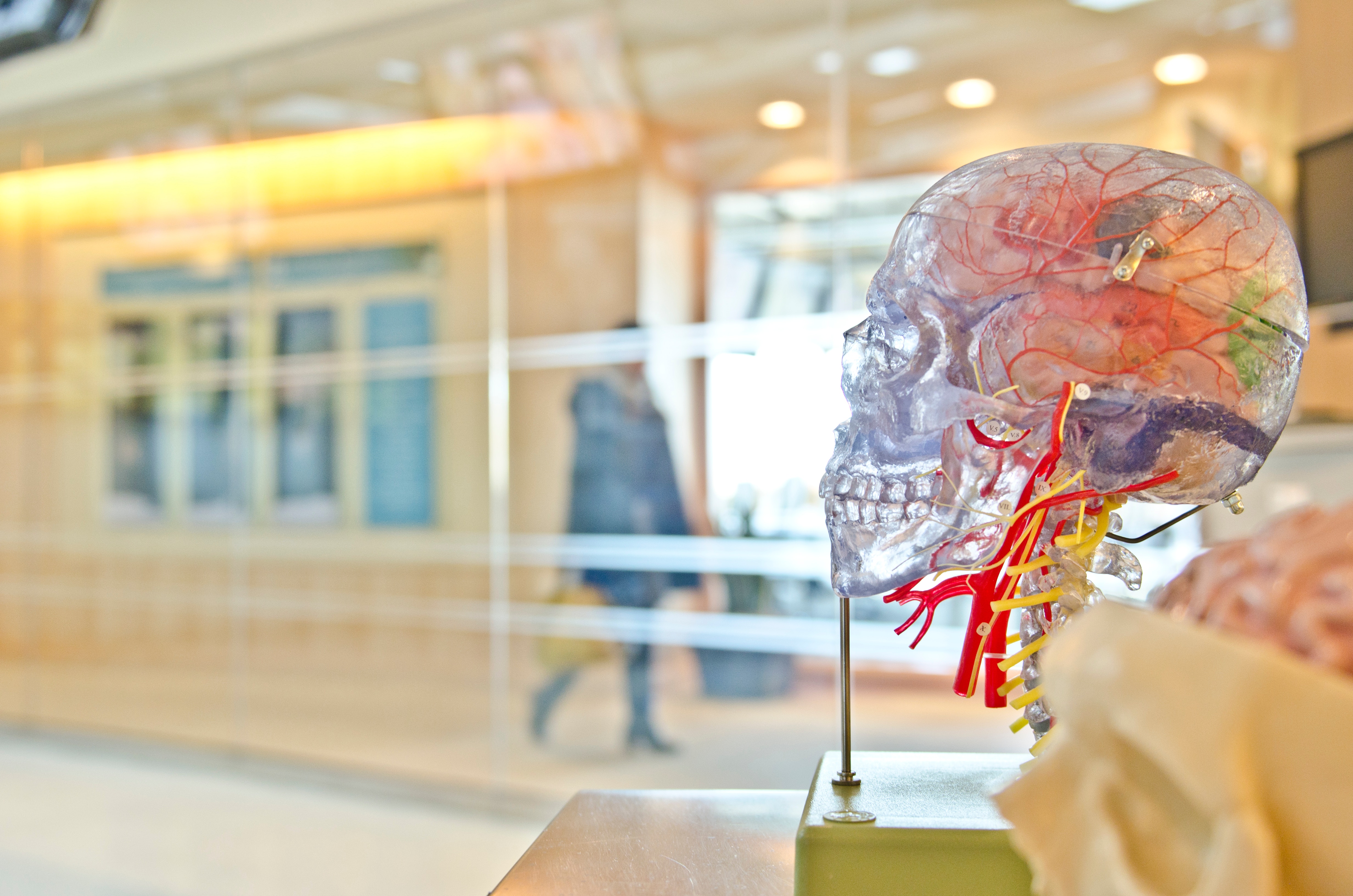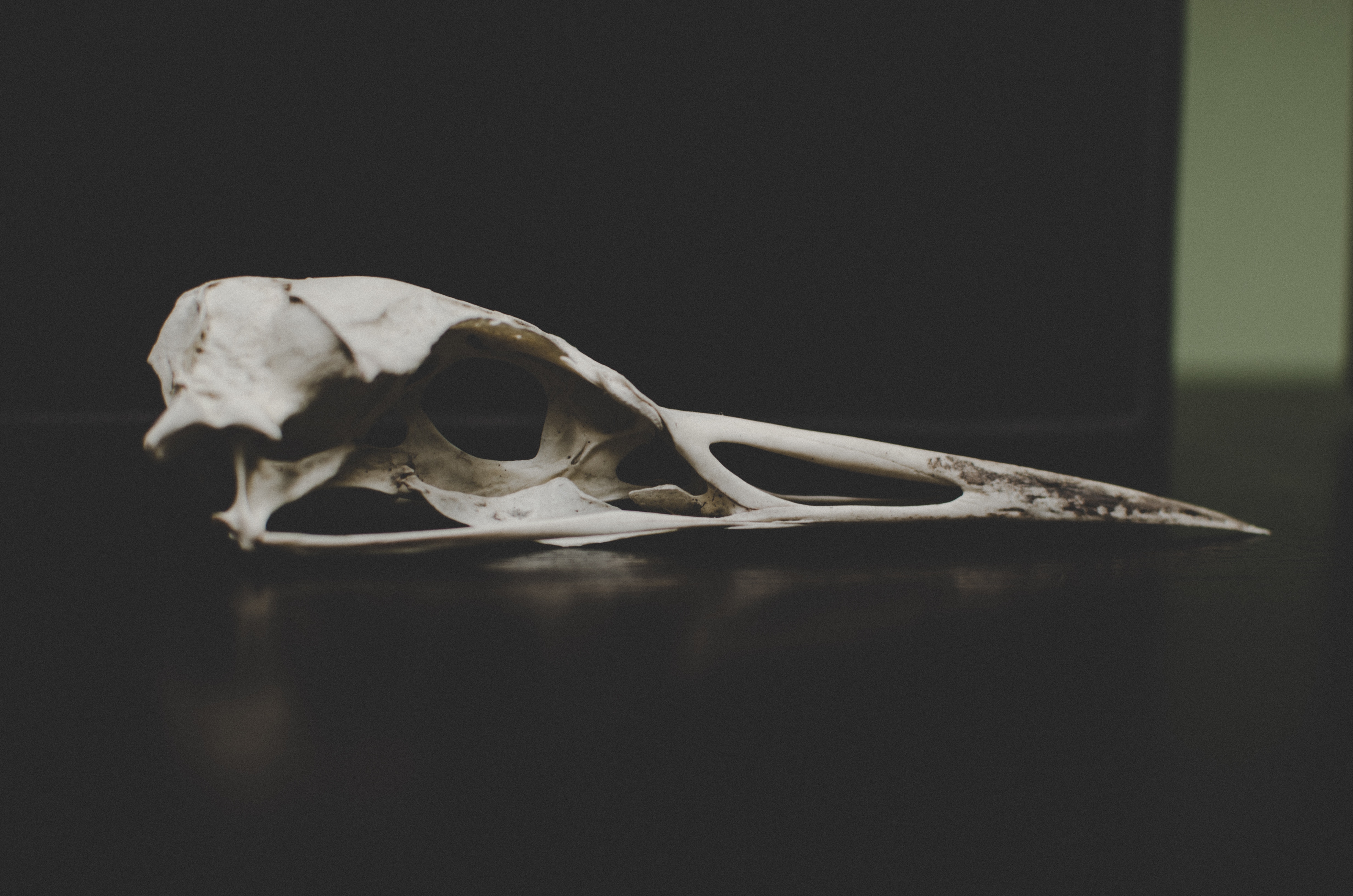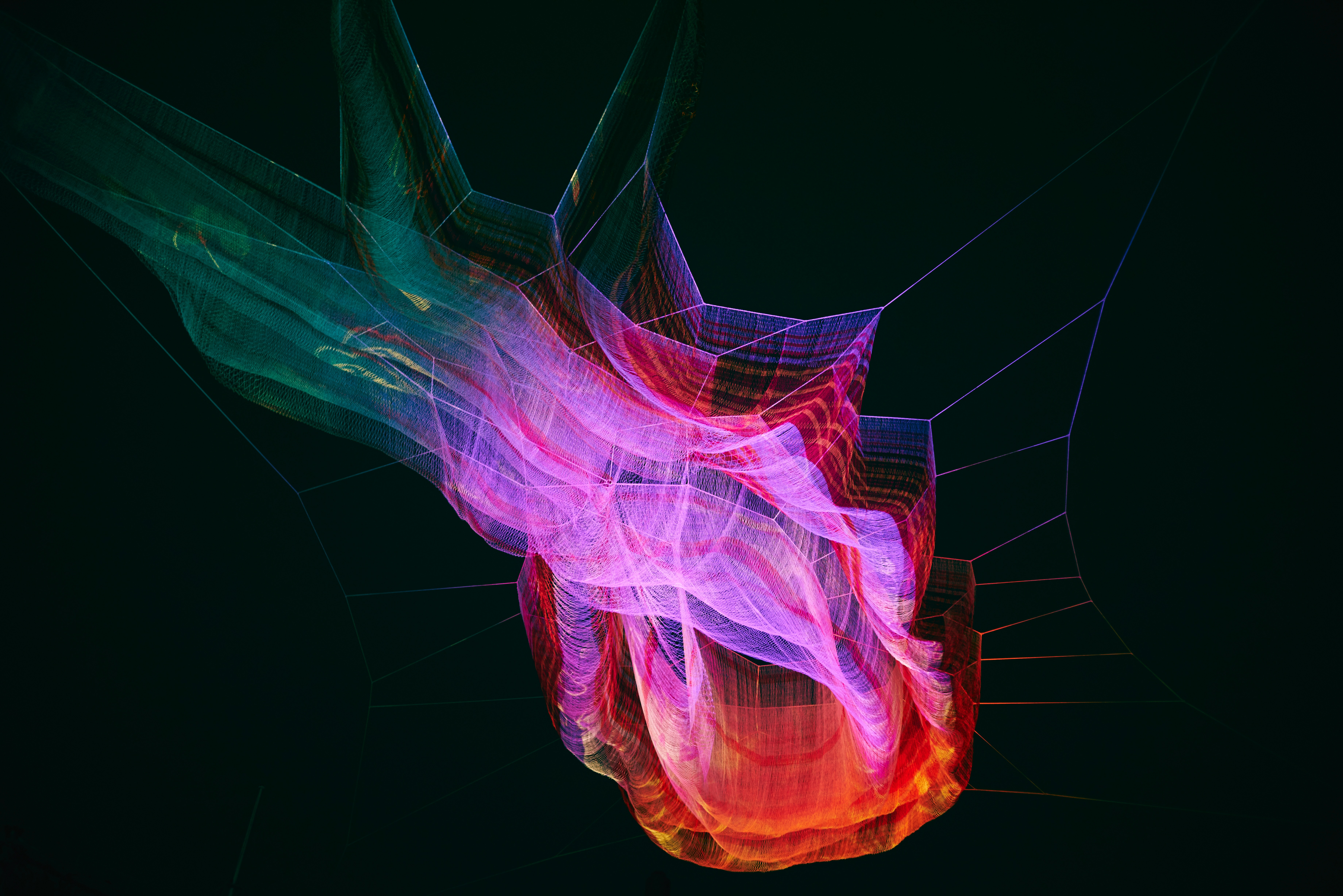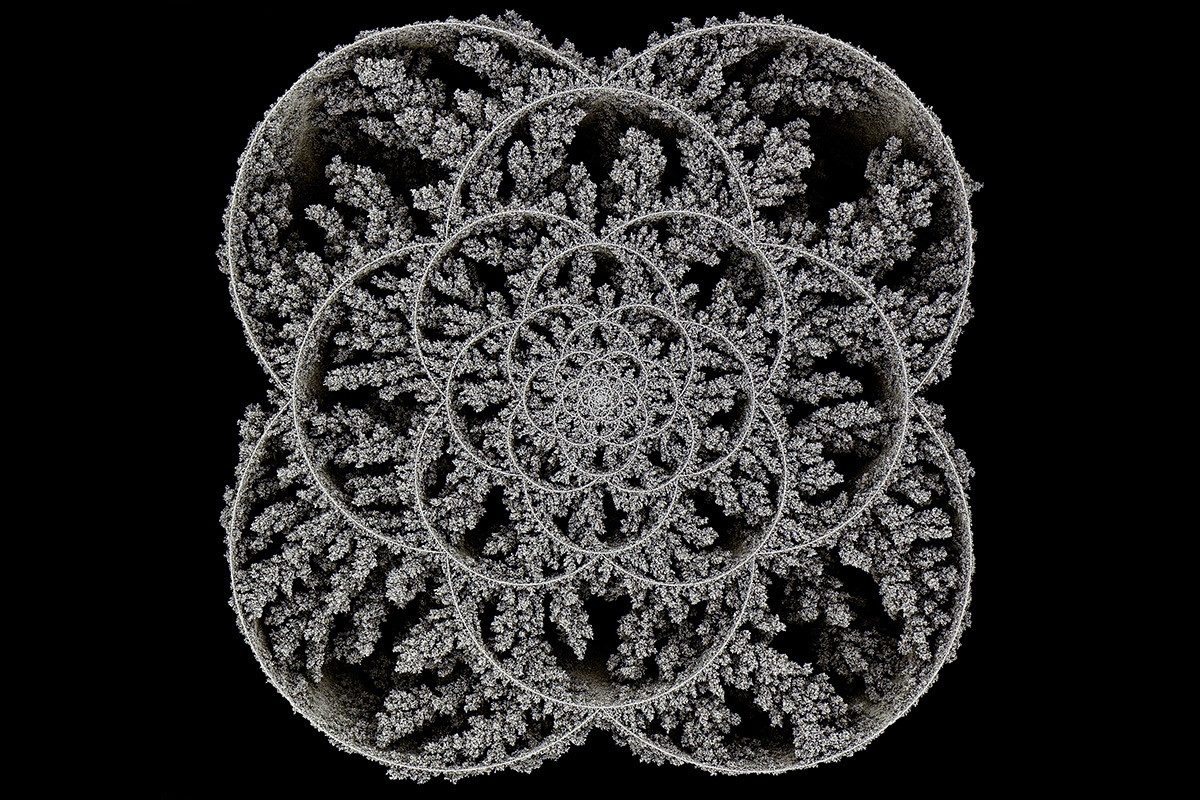[Art Schooled] Finding The Link Between Art And Science

Much to my surprise, science has been a major theme in the first month of design course.
Before starting my illustration course at university I was excited about a lot of things – one of which was all the different things we would study. I couldn’t wait to learn all about screen printing and ceramics and book-binding and all that other creative jazz. However, one thing I was not excited (or in anyway prepared) to learn about was science.
Before you start to worry that being in a new university has confused me so much that I have just been attending all the wrong lectures, I should explain there is a reason there has been so much science. In short, it’s 100 years since the release of a famous science-related book called On Growth And Form. The book was written by D’Arcy Thompson who lived and worked in Dundee (where I now study) and so the art school are basing a load of projects around the anniversary.
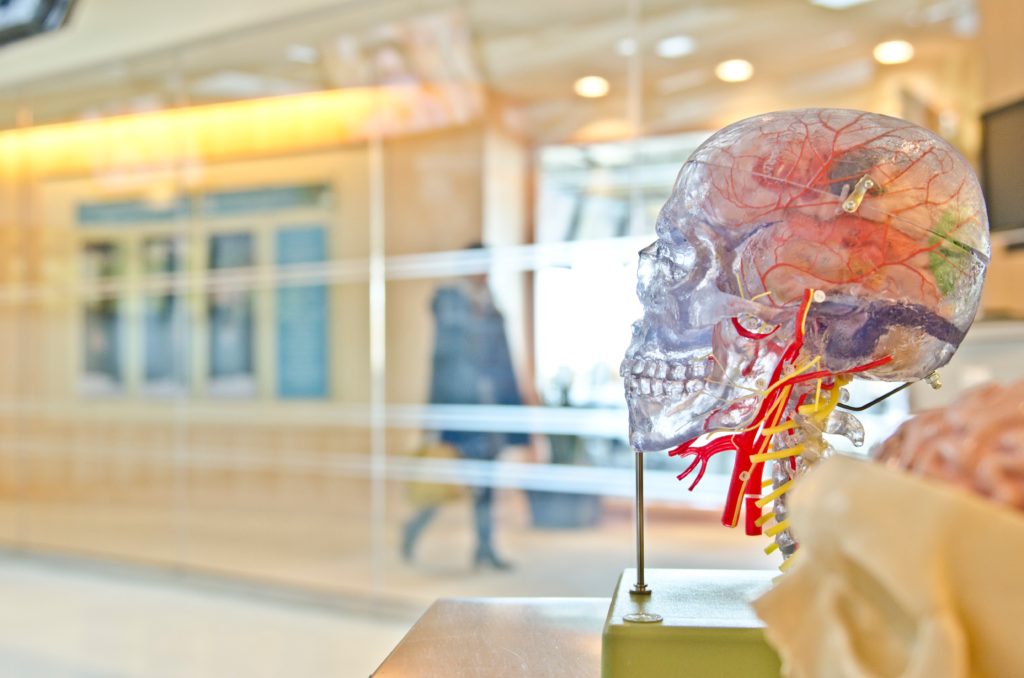
Photograph by Jesse Orrico
Our first introduction to D’Arcy came in the form of a lecture all about his famous book. At this point we didn’t actually have our brief for the project and so we were just to take note of anything we found to be of interest. My notes were a little random to say the least. Looking at them now, some of them (like the list of artists who were inspired by D’Arcy’s work) make sense. Others (like the drawing a little fish) make slightly less.

Image by Andy Lomas
One part of the book which really stuck out to me was the poetic wording used throughout. Phrases like “riddles of form” and “unexpected wonders” hinted at a secret, much more magical side of science which we were now being invited to explore.
This other side of science was something I had never considered before. In school, I spent my Chemistry classes writing daft poems and playing hangman with my friend. I had never really engaged with science in as a subject in the same way I did with art. And so I can’t say I was excited to be revisiting it now I was at university. This lack of enthusiasm also probably accounts for my lacklustre note-taking.
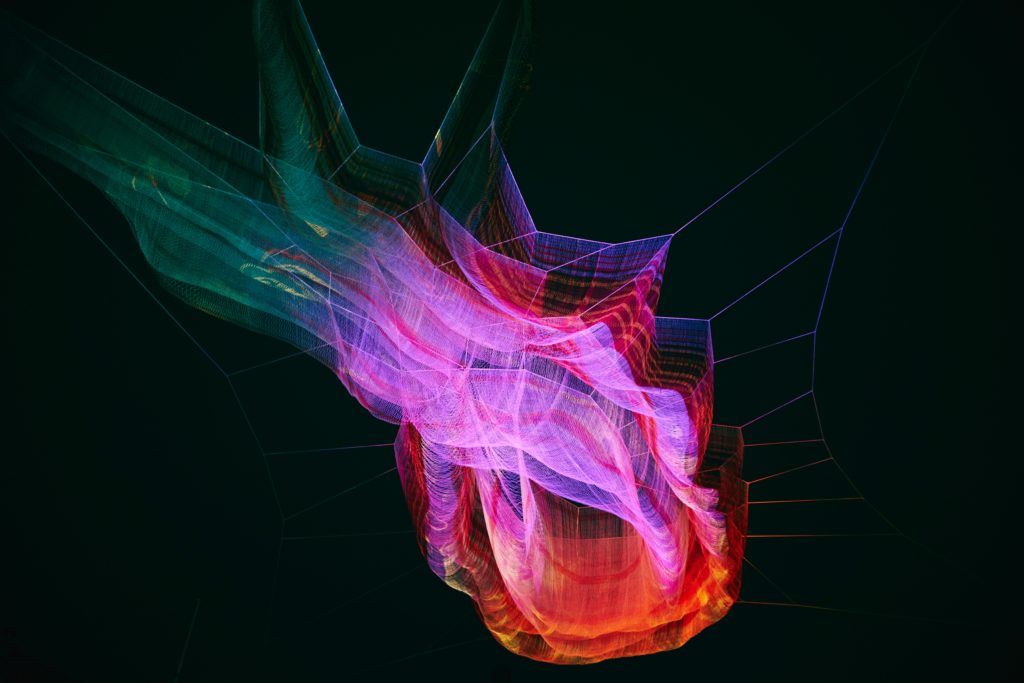
Image by Arif Wahid
As part of the project we have been invited to a series of lectures, one of which presented the idea that science and art weren’t so different after all.
This particular lecture was all about cells and attempted to explain a bit about how they moved together. I learnt a few things during the lecture. For example, the fact that scientist humour is very different from artist humour. The most thought provoking part of talk though was about how art and design intertwined.
To demonstrate his point, the lecture told a story about a party he had once attended. The guest list had been split half scientists, half artists. Apparently they didn’t mingle much but during one conversation with one of the artists, the lecturer was accused of “only seeing the science and not the beauty of nature”. The lecturer was appalled by this accusation and explained that he of course saw the beauty. The science was what he was most concerned with but the beauty was inescapable.

Image by Jason Leung
Listening to this anecdote, I realised I had been this ignorant artist. In my mind, “science people” had only ever seen the numbers and statistics when they were examining things. It had never occurred to me that they were seeing the beauty too. They were just choosing to look past it and explore even more (so as to, you know, cure diseases and stuff).
The “magic” in science that I thought I couldn’t see was in fact the same thing beauty I could see, just more informed.
Following this revelation, I felt compelled to make more of an effort to understand at least some of the science related to the project. The passion with which the lecturers spoke about both science and art shows how understanding both can be mutually beneficial. I wouldn’t like it if someone branded me too “arty” a person to understand science. Somehow though, I had done just that to myself. And I let it hold me back from engaging with an entire, very important subject.
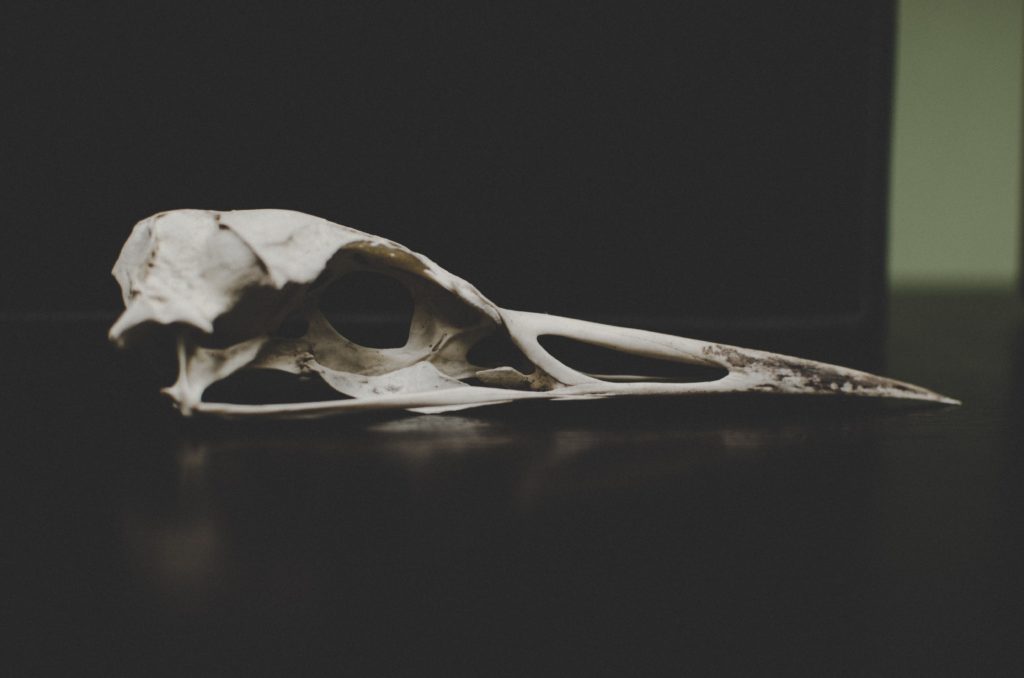
Photograph by Jerry Kiesewetter
Just going in with an open mind of wanting to learn about science – and without the slightly smug belief that my brain is so arty that it will repel all scientific knowledge – has helped me take in some interesting ideas. Admittedly, it’s still not something which comes naturally to me. It take a lot of concentration for me not to drift away during lecturers but I am trying. And I did manage to find some interesting ideas. Did you know if gravity was doubled then animals would have tiny little legs? I’ve been exploring this idea and many more through experimental drawings which I will share more on next week.
It now seems obvious that the science behind D’Arcy’s theories will be the most uniquely inspiring thing to this project. In future, hopefully I will remember that having interest in one area doesn’t counteract any other. Thanks to my slow start, I am only just starting to appreciate the magic of science. Who knows what otherworldly things I will discover as I explore.



